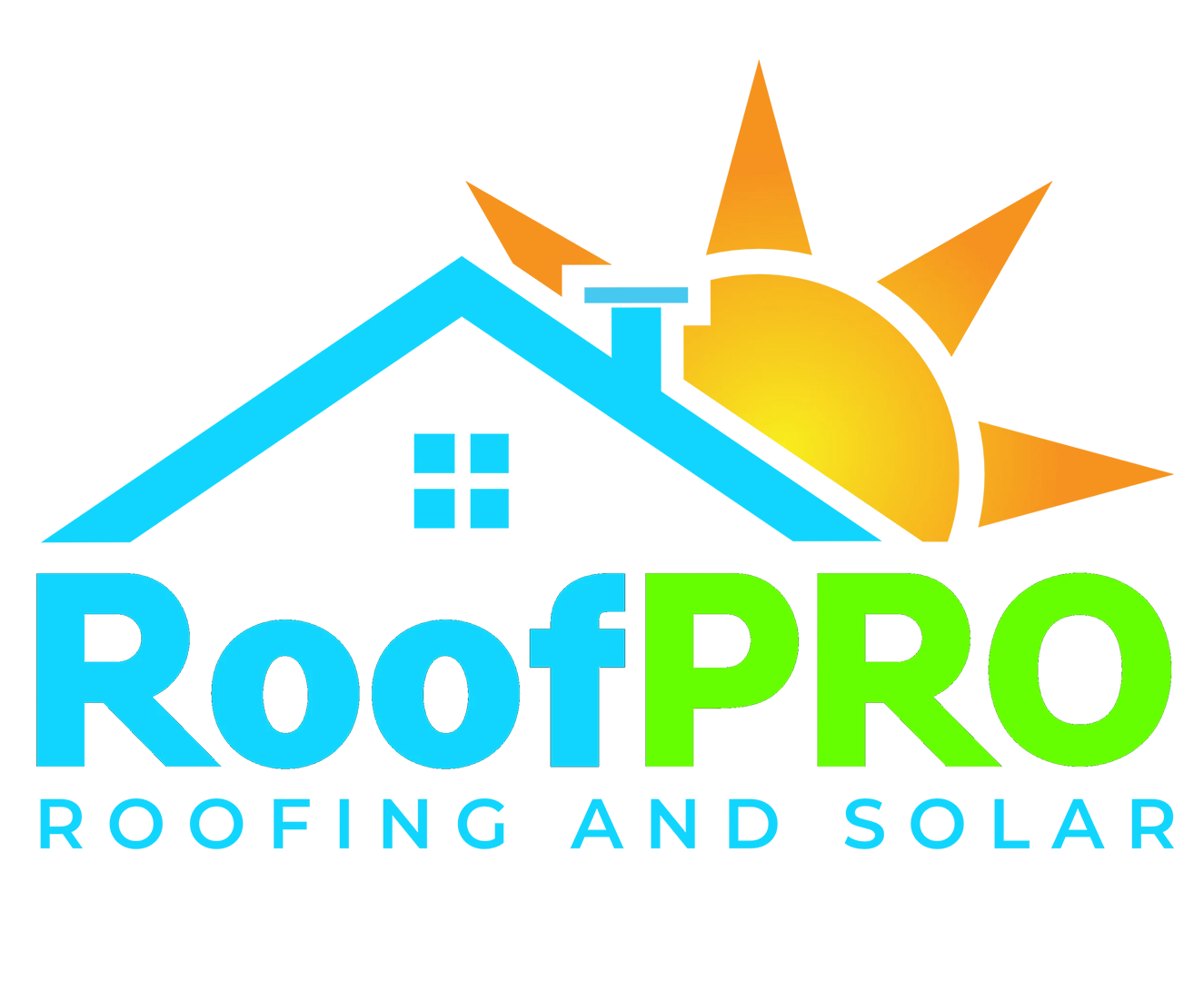
Exploring the Advantages of Gravel Roofs and Recognizing Replacement Cues
Gravel roofs, also known as built-up roofs (BUR), have been a staple in the roofing industry for decades, offering a host of benefits for both residential and commercial properties.
Exceptional Durability: Gravel roofs are renowned for their exceptional durability and longevity. Constructed with multiple layers of bitumen and reinforced with gravel or aggregate, these roofs are highly resistant to damage from UV rays, weather exposure, and foot traffic, ensuring long-term protection for your property.
Cost-Effectiveness: Compared to other roofing materials, gravel roofs offer a cost-effective solution for both installation and maintenance. The materials used in gravel roofs are readily available and relatively inexpensive, making them an attractive option for budget-conscious property owners.
Fire Resistance: Gravel roofs provide excellent fire resistance, making them a safe choice for properties located in wildfire-prone areas or in close proximity to other structures. The multiple layers of bitumen and gravel act as a barrier against flames, helping to prevent the spread of fire and protect the underlying structure.
Insulation and Energy Efficiency: Gravel roofs offer superior insulation properties, helping to regulate indoor temperatures and reduce energy consumption. The multiple layers of bitumen and gravel provide an additional barrier against heat transfer, keeping homes cooler in the summer and warmer in the winter, thus lowering heating and cooling costs.
Low Maintenance Requirements: Gravel roofs are relatively low maintenance, requiring only periodic inspections and minor repairs as needed. Routine maintenance tasks such as removing debris, clearing drains, and patching minor leaks can help prolong the lifespan of a gravel roof and prevent more significant issues from arising.
Identifying When It's Time to Replace Your Gravel Roof
Loss of Gravel or Aggregate: Over time, gravel roofs may experience loss of gravel or aggregate due to weathering, foot traffic, or wind erosion. If you notice significant bare patches or areas where the gravel has worn away, it may indicate that your gravel roof is in need of replacement to maintain its protective properties.
Blisters or Bubbling: Blisters or bubbling in the surface of a gravel roof are signs of trapped moisture or air beneath the layers of bitumen. These issues can compromise the integrity of the roof and lead to leaks or water infiltration. If left unaddressed, blisters or bubbling can worsen over time and necessitate roof replacement.
Cracks or Punctures: Cracks or punctures in the surface of a gravel roof can compromise its waterproofing capabilities and allow water to seep into the underlying structure. If you observe signs of damage such as cracks, splits, or punctures in your gravel roof, it's essential to address them promptly to prevent further deterioration and potential structural damage.
Leaks or Water Damage: Leaks or water damage inside the building are clear indicators of roof failure and require immediate attention. If you notice signs of water infiltration, such as stains on ceilings or walls, it's crucial to have your gravel roof inspected by a professional roofer to determine the extent of the damage and whether replacement is necessary.
Age of the Roof: Like any roofing material, gravel roofs have a finite lifespan and will eventually require replacement. If your gravel roof is approaching 20-30 years old or is showing signs of significant wear and tear, it's essential to consider replacing it to ensure the continued protection of your property.
Gravel roofs offer a range of benefits, including exceptional durability, cost-effectiveness, fire resistance, insulation, and low maintenance requirements. However, like any roofing material, gravel roofs require periodic inspection and maintenance to ensure they remain in optimal condition. By understanding the advantages of gravel roofs and recognizing signs for replacement, property owners can make informed decisions to protect their investments and maintain the integrity of their buildings for years to come.




